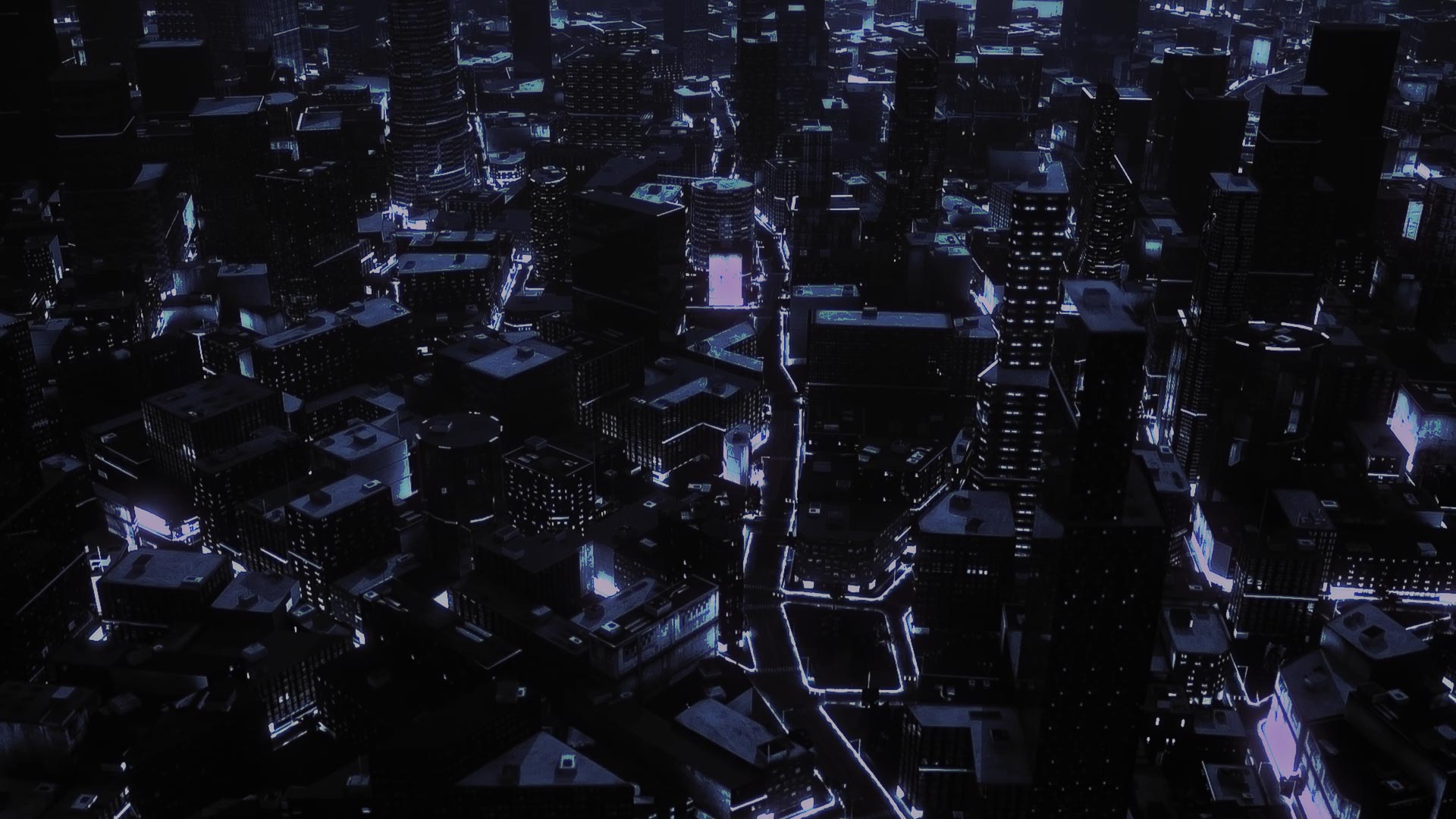The Metaverse
A connected future

A connected future
The term metaverse describes an Internet of networked virtual worlds with a focus on social interaction, as Wikipedia describes the metaverse in a few words. The Internet is detaching itself from its two-dimensional form and, like our analog world, is becoming three-dimensional and collaborative. Users are starting to enter the metaverse with immersive devices such as mixed and virtual reality glasses instead of using the browser on their laptops and smartphones to view online content.
Technologically, there is a convergence between today’s web technologies and game engines known from the gaming industry. In game engines, highly complex scenes are calculated almost photorealistically in real time and allow full interaction between players/users and the virtual simulation. In addition to common document types and videos, 3D models are becoming the new graphics standard.
The Metaverse has two ways of blending real and digital realities. Users from all over the world enter virtual spaces in the Metaverse, such as offices, playgrounds, salesrooms or event halls via virtual reality. On the other hand, digitality becomes part of our reality and digital supplements are superimposed on users via mixed reality glasses. Both types rely on the same technological basis, the game engine, for visualization and interaction. Incidentally, the term reality describes the user’s acceptance of the experienced as real.
Virtual Reality
Users meet remotely in virtual spaces as avatars.
• Virtual spaces
• Smart tool kits
• Massive Multi User Networking
Transition technologies
• 2.5D Game like non-immersive spaces.
Augmented Reality
Digital content and micro services become part of everyday life at the user’s location. The “URL” is extended by further addresses and links:
• Augmented Cities – Mapping, local sharing, segmentation – location anchors
• Humans become digital hybride – Face, body estimation and face recognition
• Augmented objekte – Object segmentation and recognition
• QR marker and beacons
• SLAM
Transitioning technologies
• Smartphone based Augmented Reality
In order to accept something as real, it must also seem real to a person. As described above, immersive technologies will be the devices of tomorrow and will enhance the stimulation of human sensory perception. Audio-visuals become three-dimensional, sound sources can be located in space, and images have natural depth. Extended reality glasses, for example, play on visual and auditory stimuli as well as far less familiar senses such as balance and body perception.
One process of change that goes hand in hand with the metaverse is the installation of virtual identities. Today, users have different accounts on different platforms, each granting access to their content. In the metaverse, users begin to move through a variety of content and applications. You could think of it as walking through a forest of thousands of individual browser tabs. The authorization process must be reversed and the virtual identity must become the central location or wallet for all data and digital possessions that can be used across providers.
Avatars can also appear as bots and, for example, represent the interface to digital services. AI will take over several important tasks here. On the one hand, the acting performance of the avatars will be deceptively real thanks to good AI models. On the other hand, our language will be understood and can be implemented in programs or the execution of processes.
Avatars represent us as a virtual counterpart in the digital world. Regardless of the type. Digital makeup, clothing, hairstyles and other products around the fully digital image and hybrid complement of our personality are developing a completely new industry.
Expect business models from the game and the advertising industry will play a major role in future platform models.
One should ask: how does the Metaverse come. As a global free platform like the www or in different ecosystems? The when has already begun and is getting traction in various places. The first half of the 2020s will set the crucial course and produce the big players of tomorrow. The rapid development of technologies like AI, Crypto, Web 3.0 stack and also new economic concepts are protecting the transformation of today’s web to the Metaverse.
The Metaverse as a global platform is very complex and requires on the technology side, in addition to a Metaverse Programming Language, further fundamental developments such as the described identity and a real-time compiler and rendering engine.
If you mix the various technology stacks such as Web 1.0, 2.0 and 3.0 as well as AI with the Metaverse, a new hybrid reality emerges in which analog and digital become completely one. This also creates a new platform for business – physical products can become hybrid or dematerialized. The networking of industry with communication and now also man and machine. Together it forms the foundation for a fully networked Metaverse in which all layers can be combined to create a new economy.